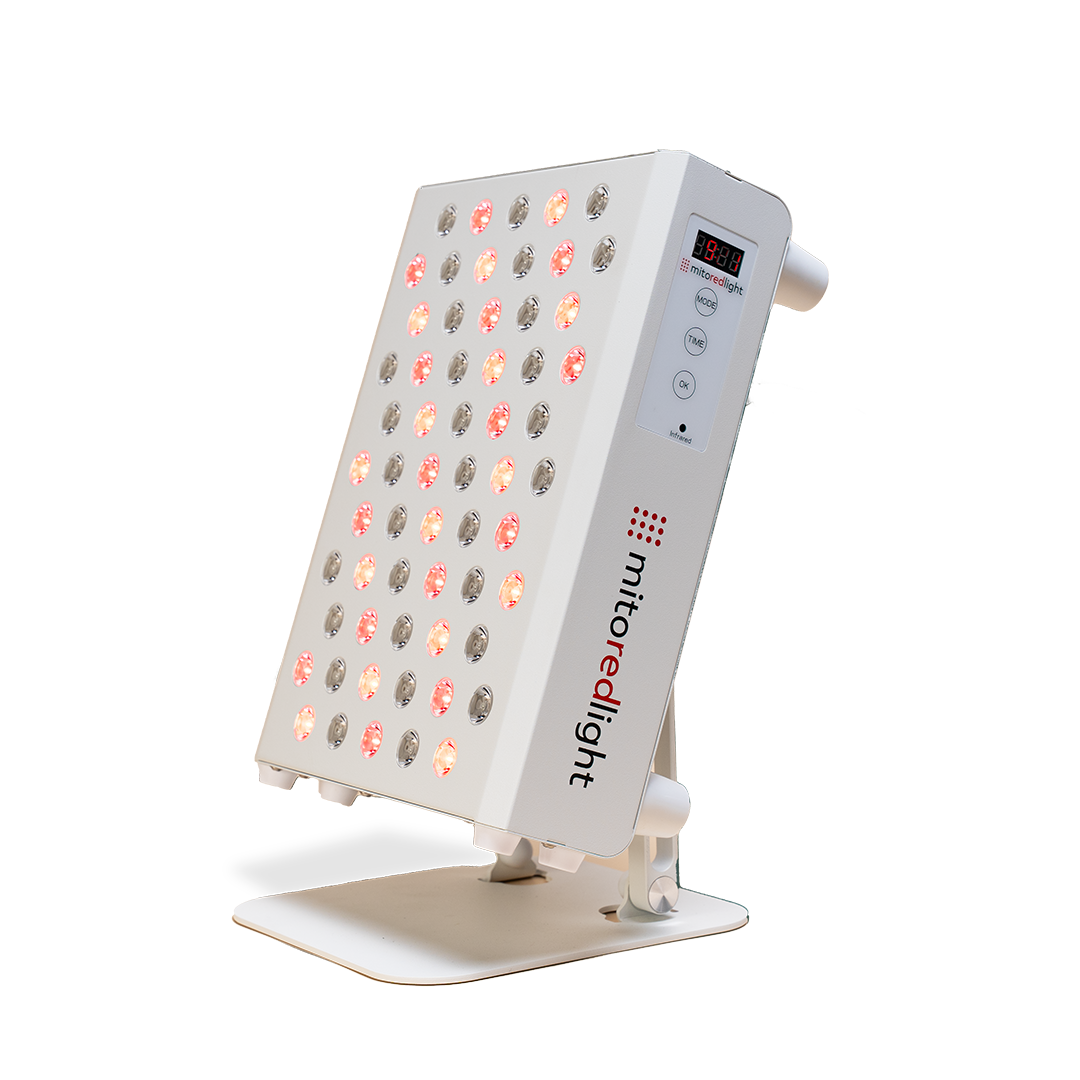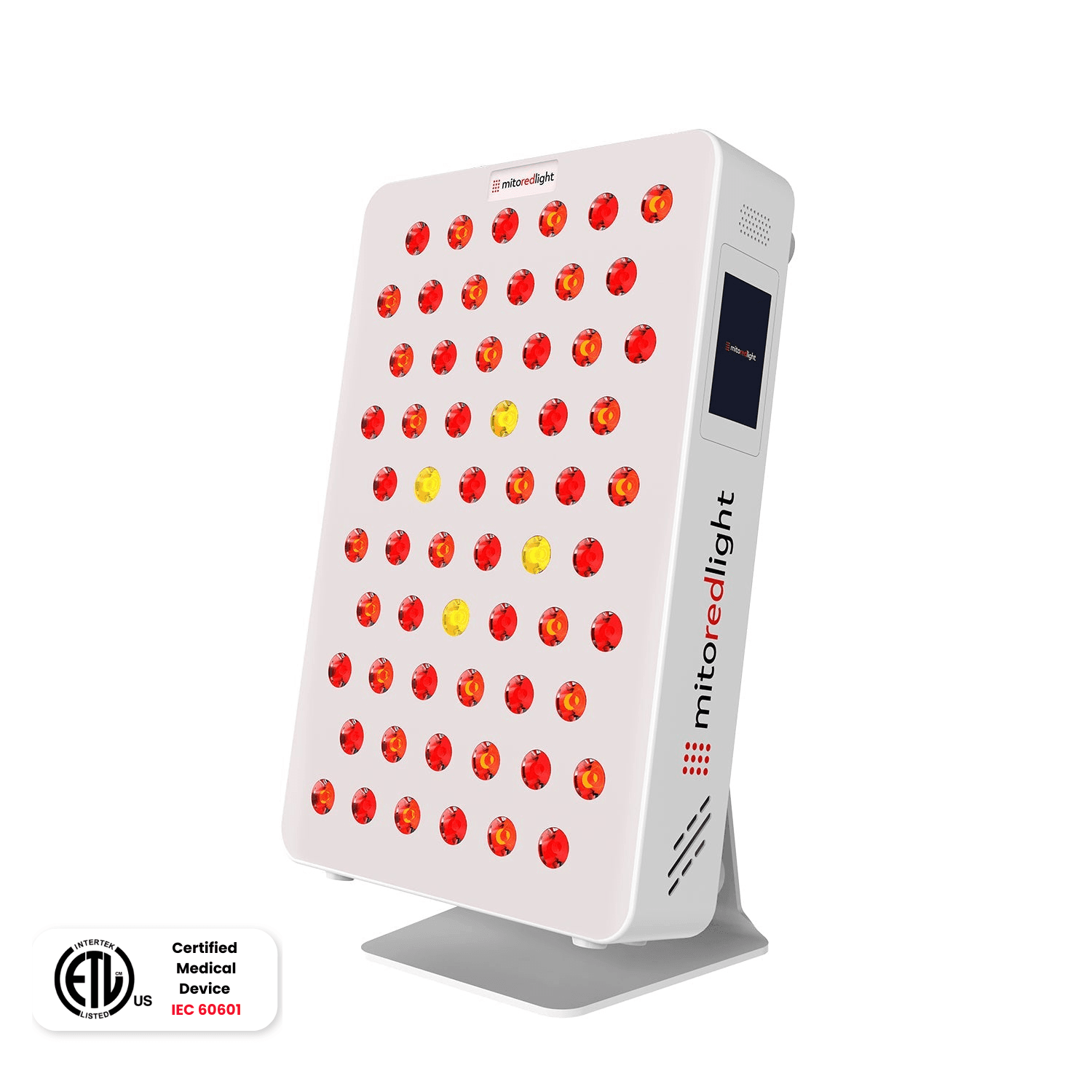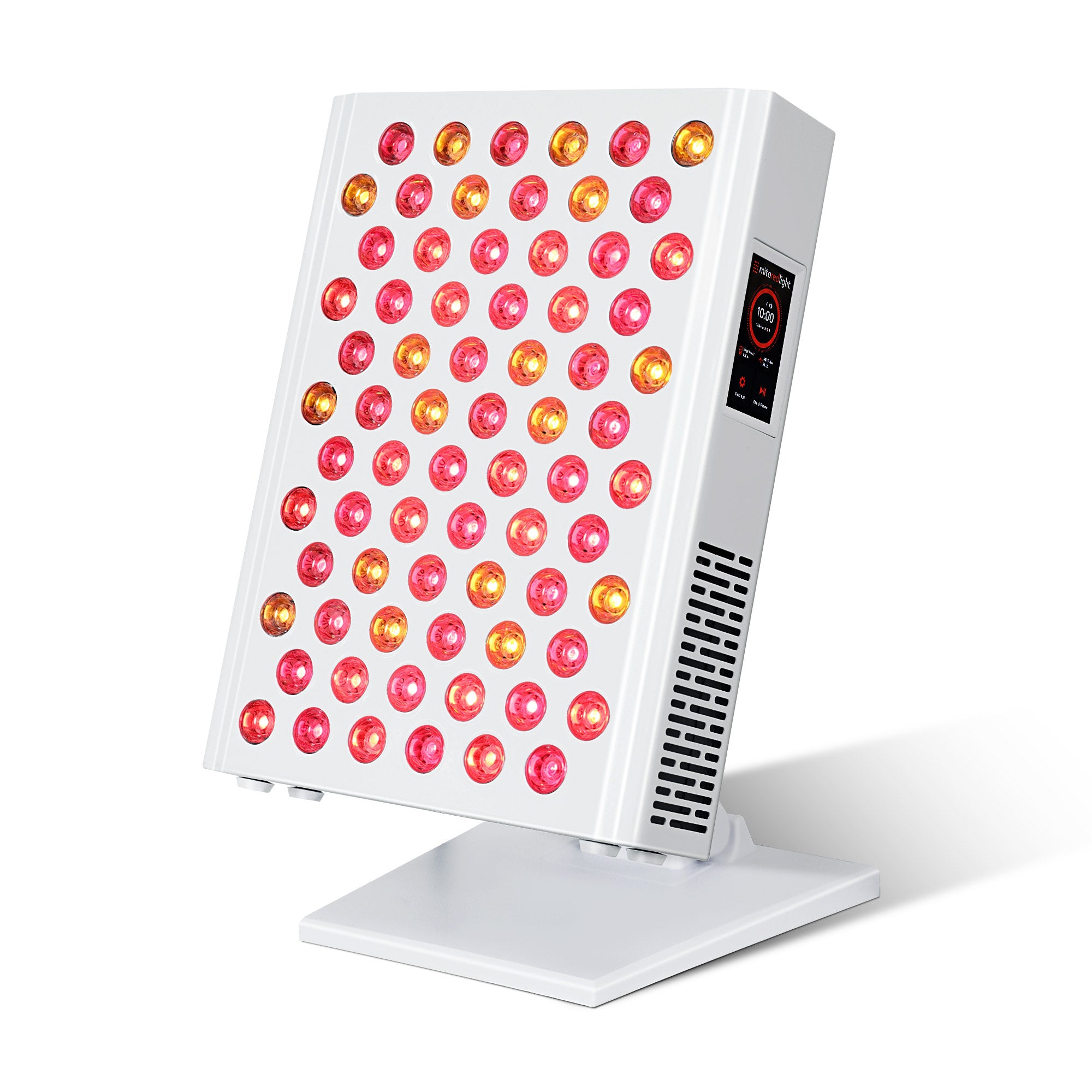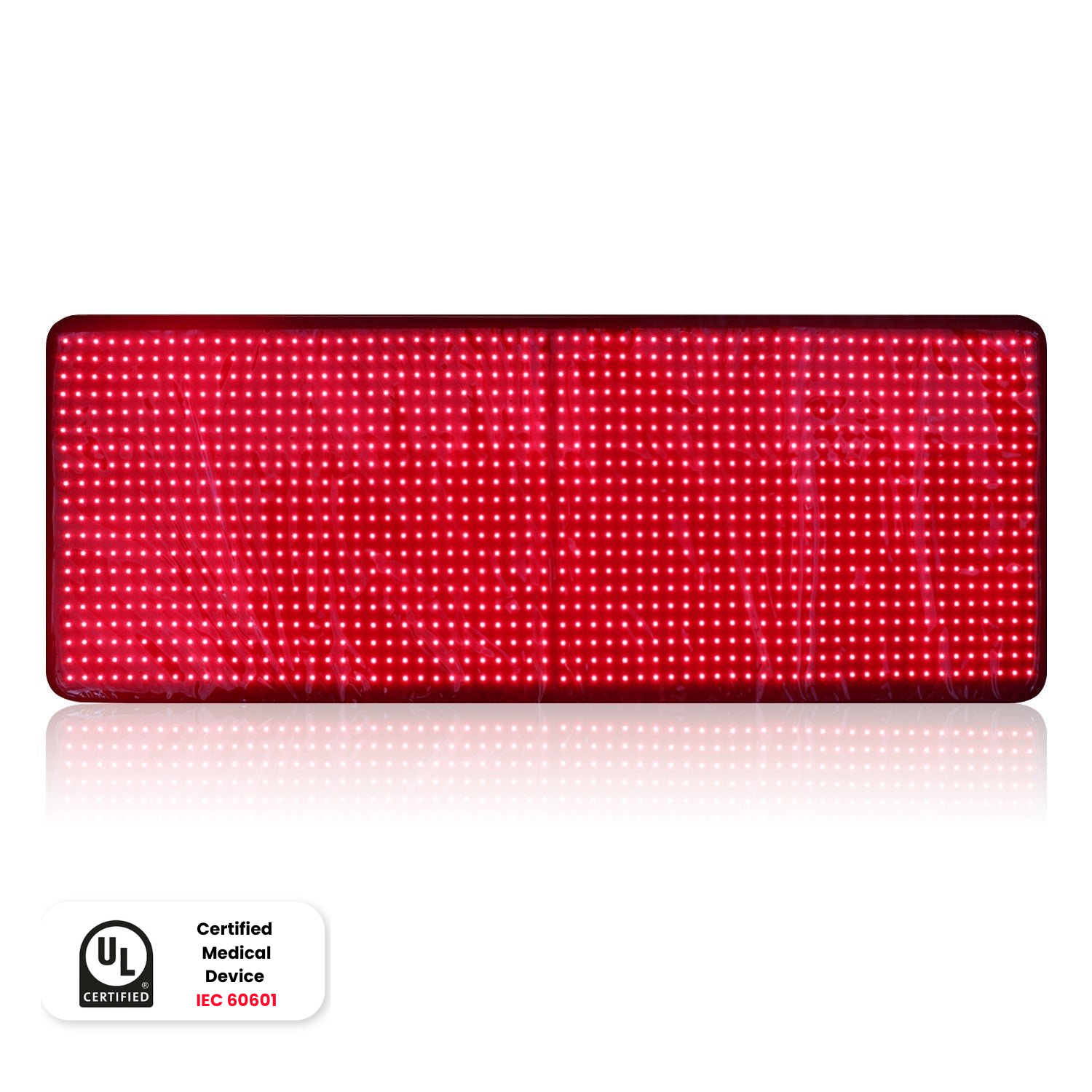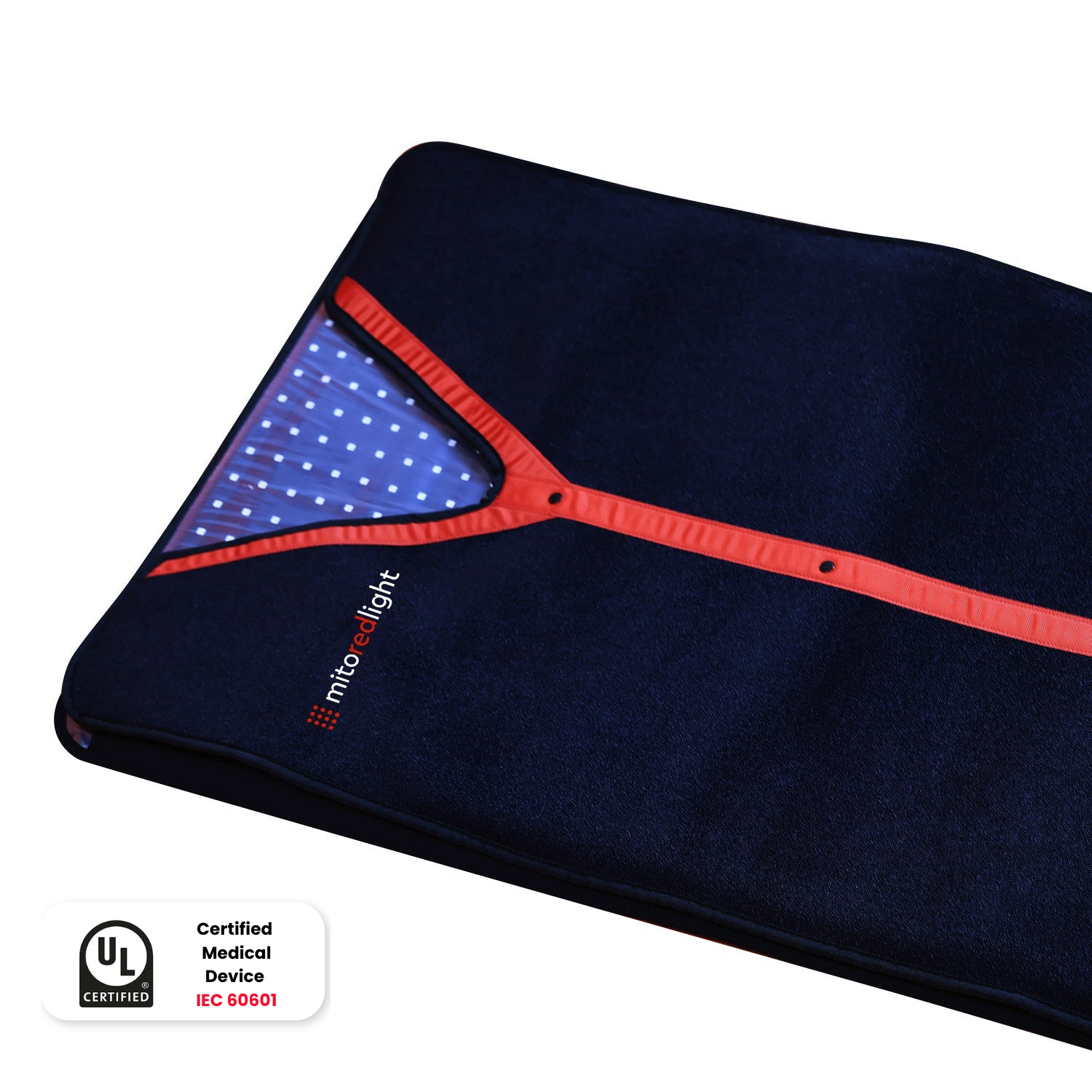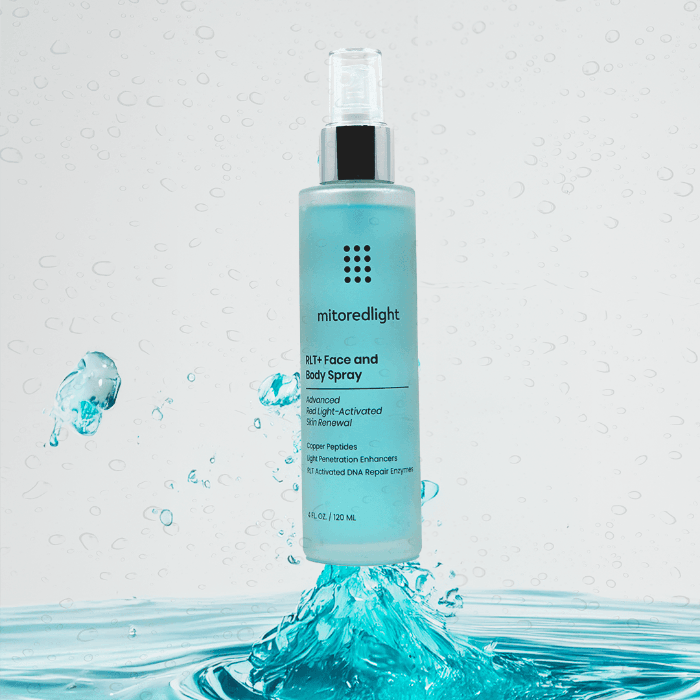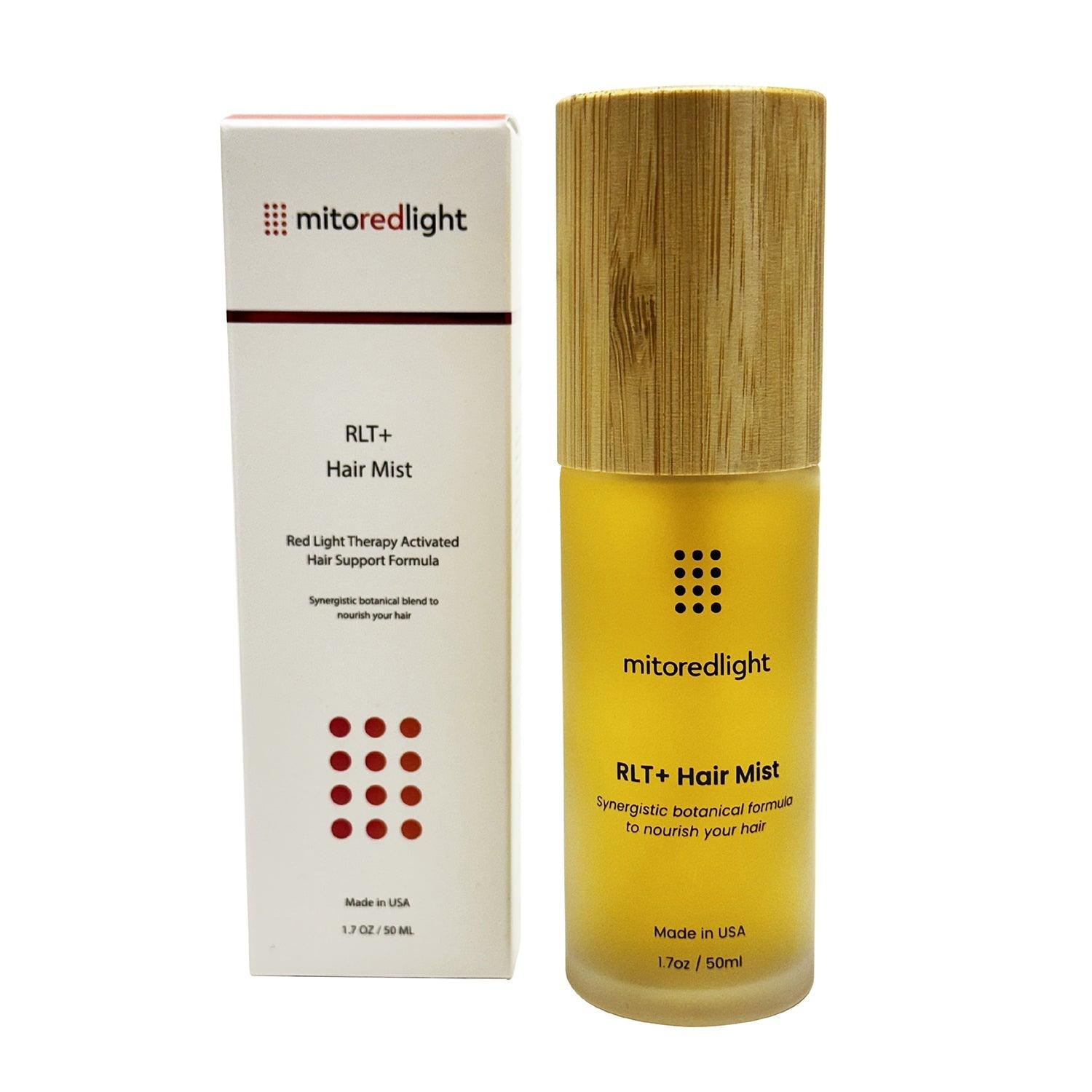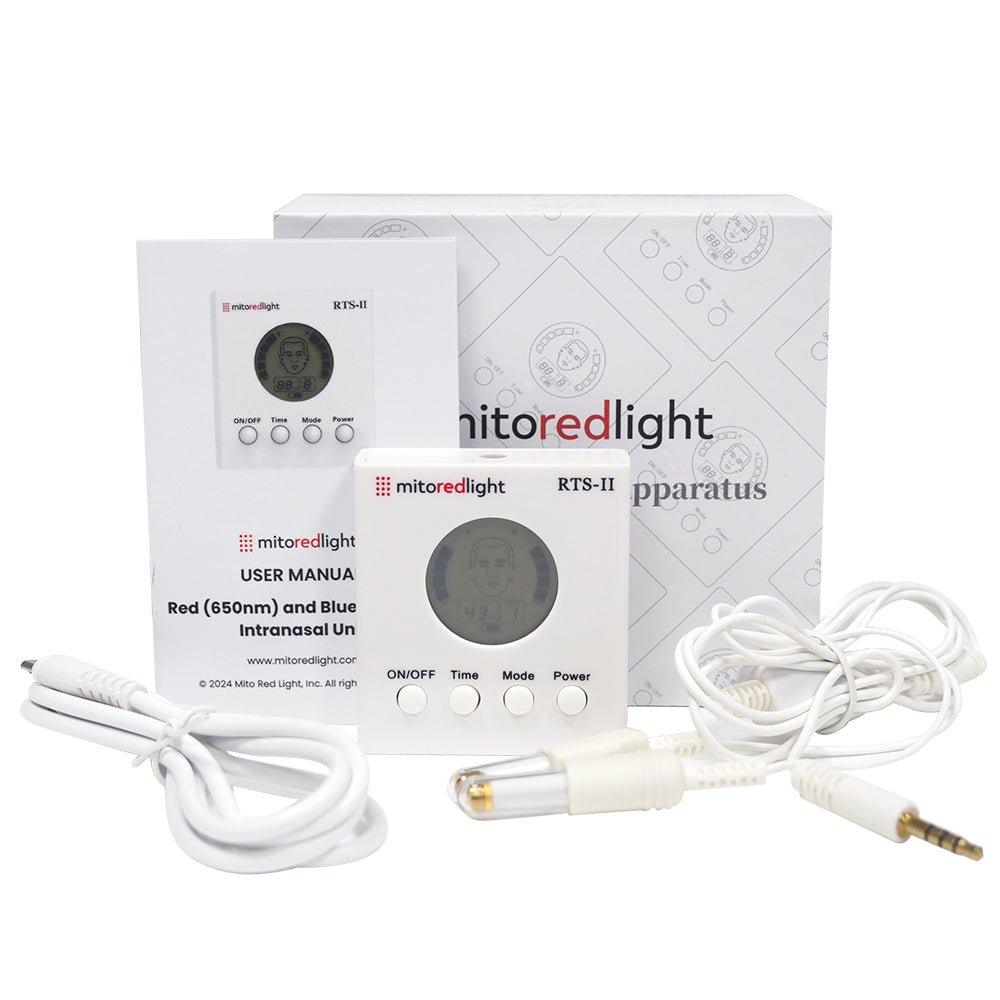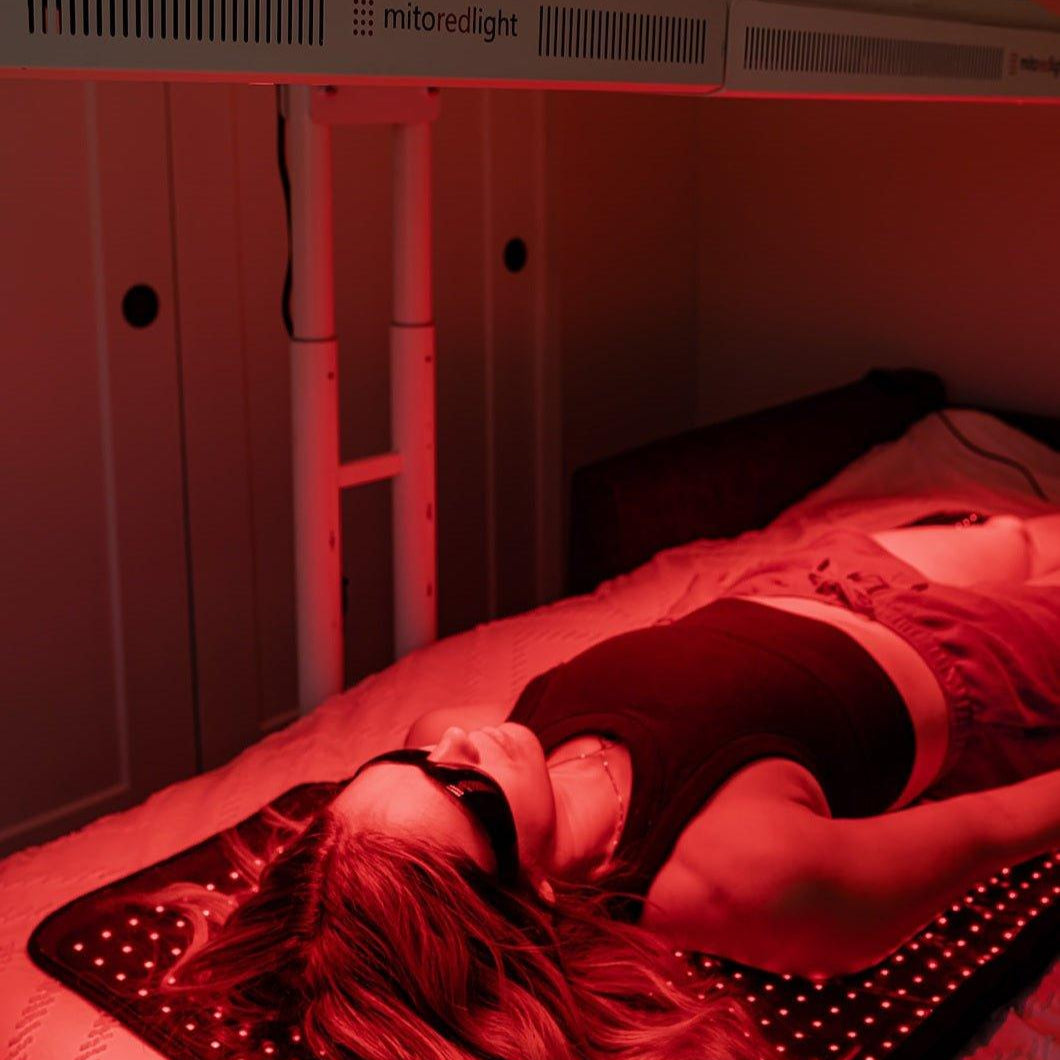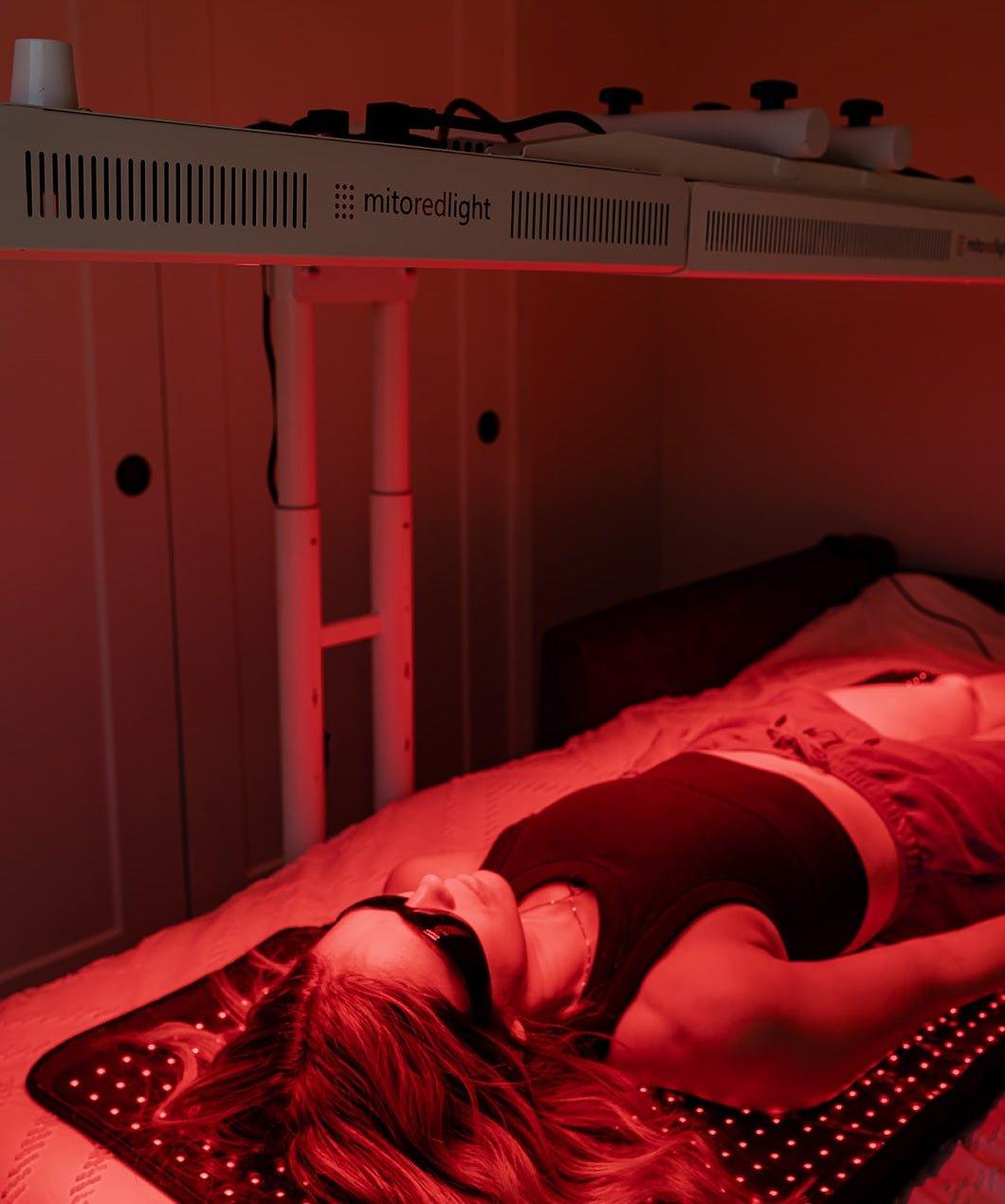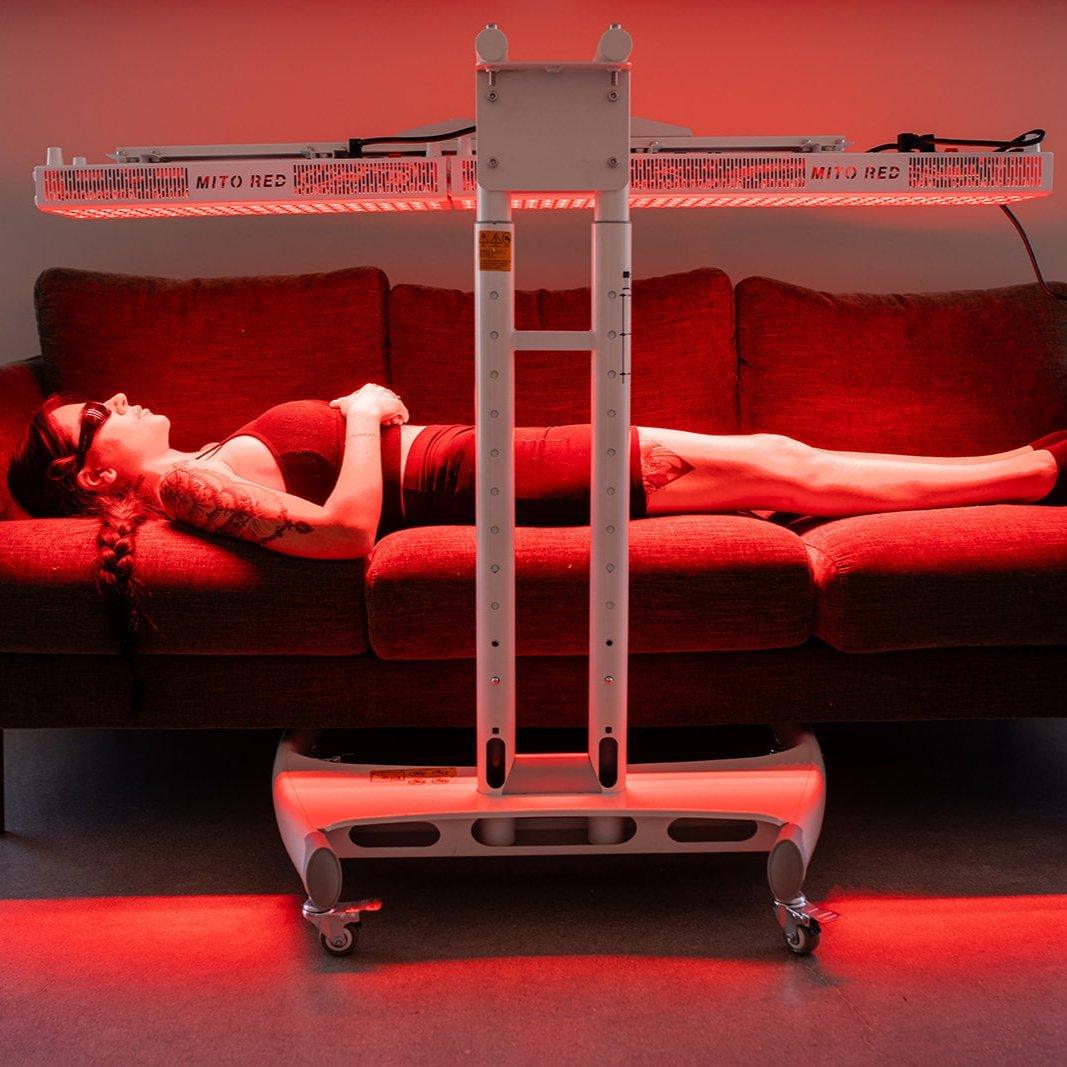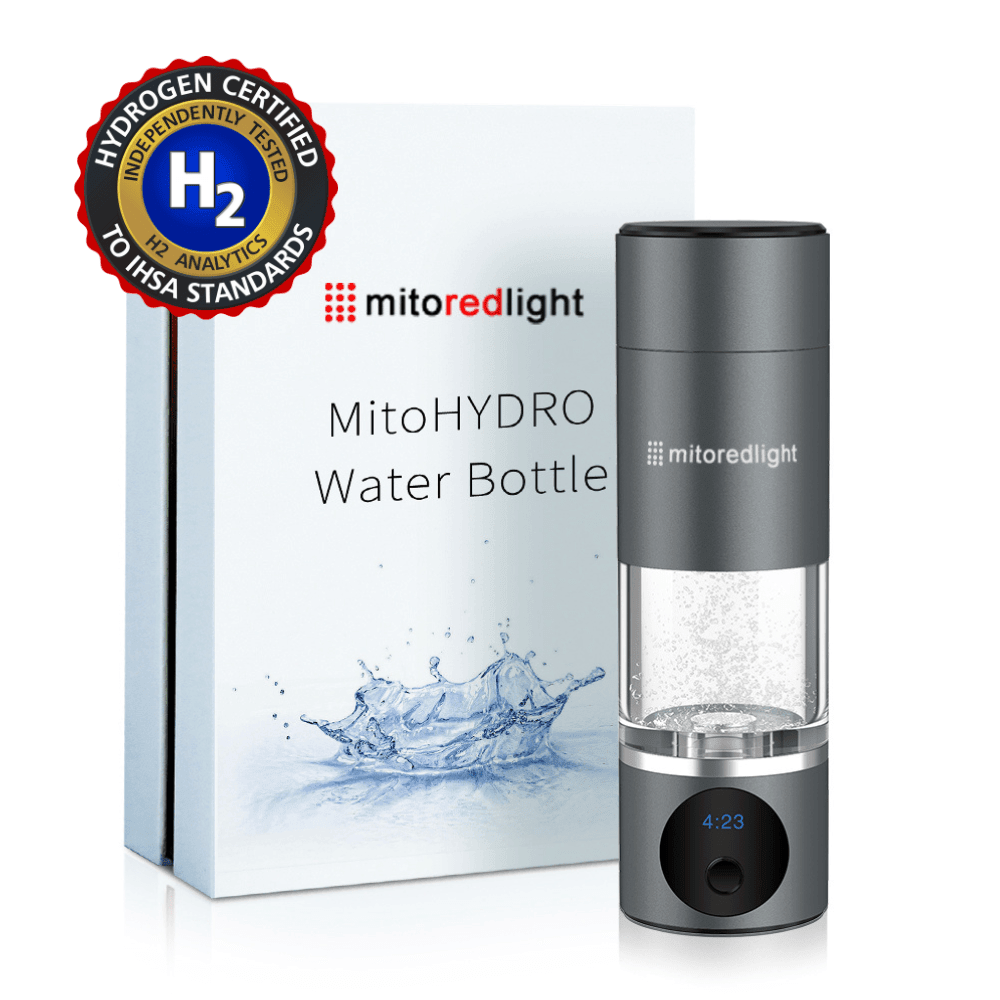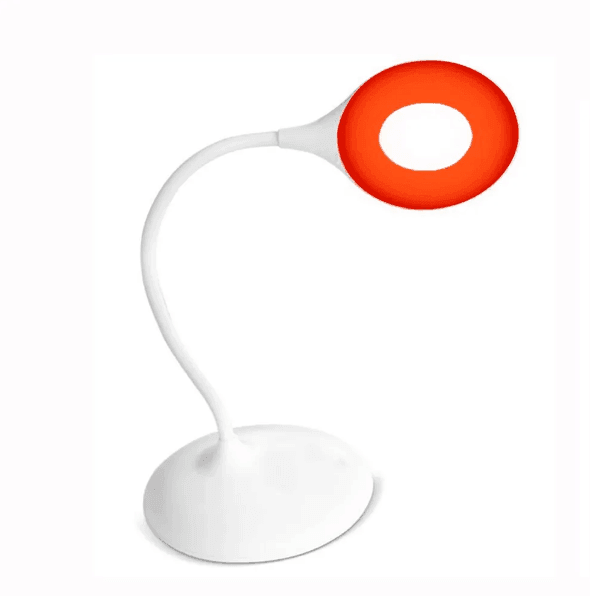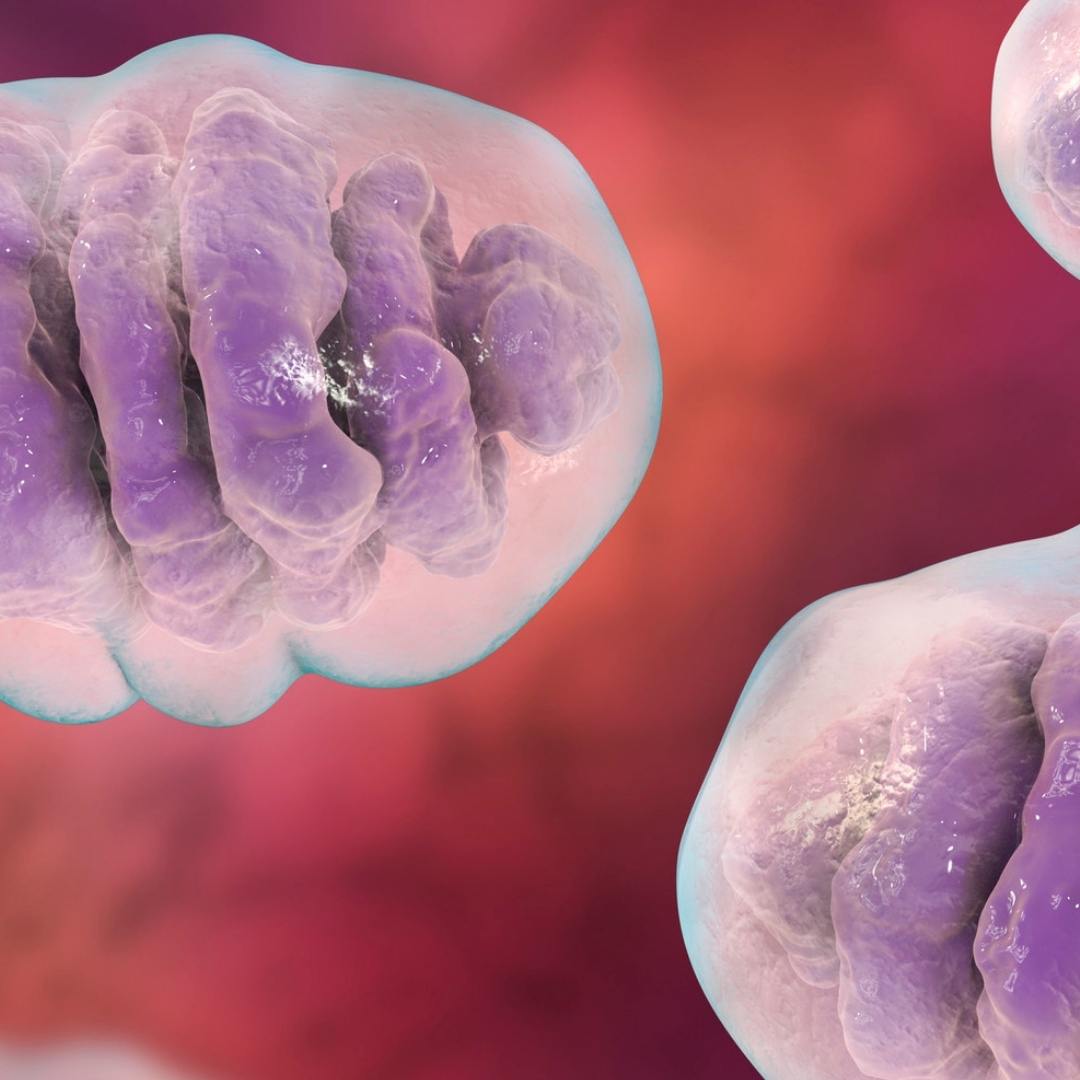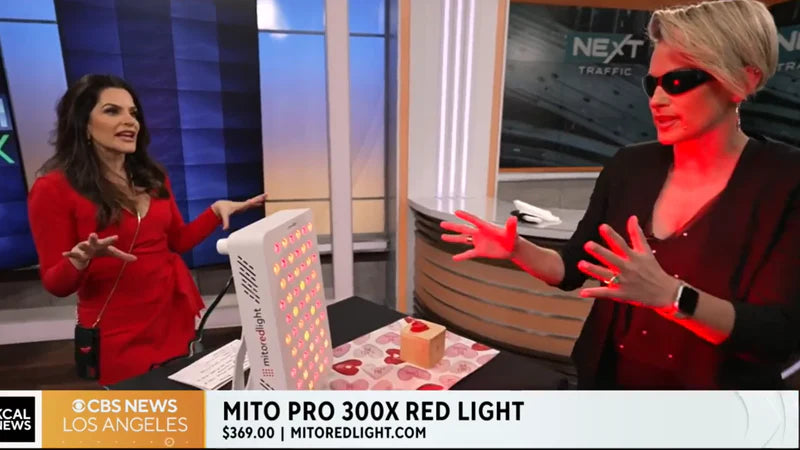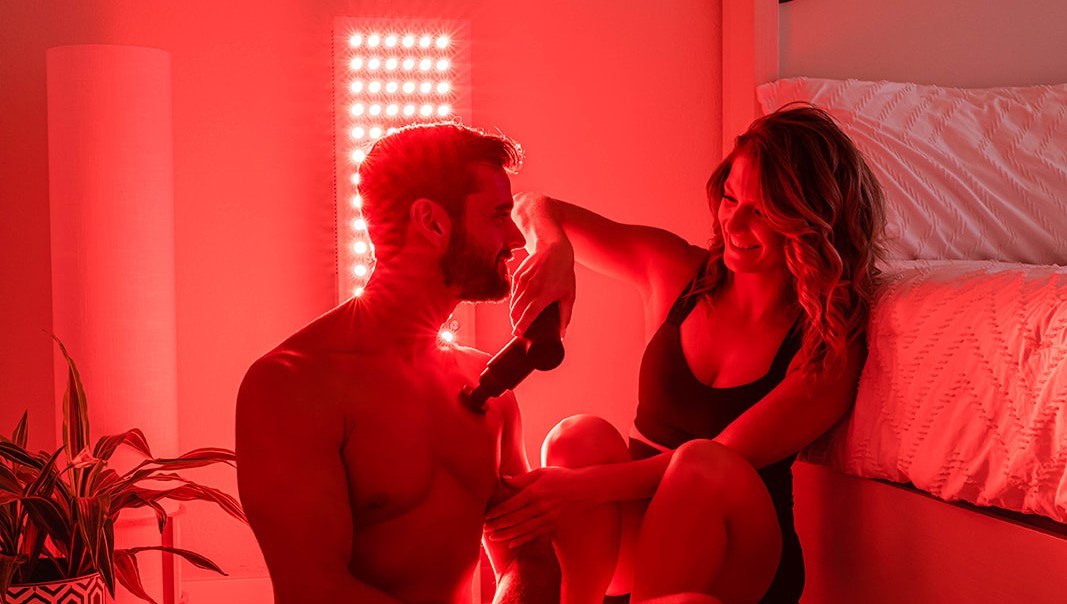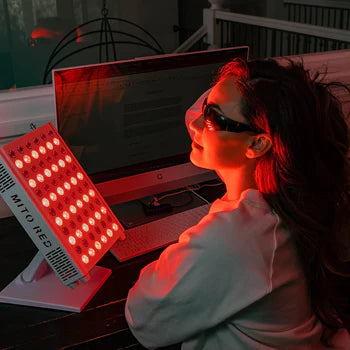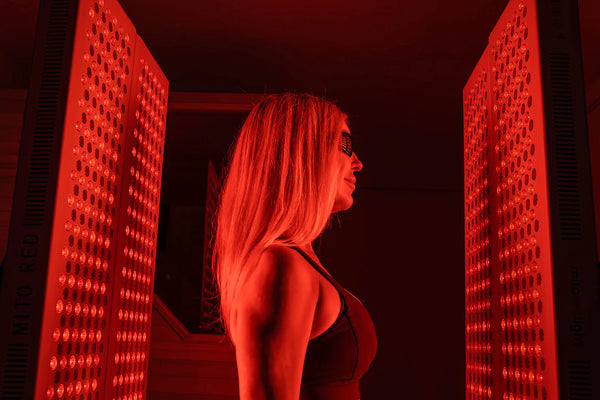DISCLAIMER: Mito Red Light devices are Class II wellness devices aimed at affecting the body through topical heating and supporting cellular function. The information provided in this article and on this site is for educational purposes only and is not intended to imply effectiveness of Mito Red Light devices for any specific application. The information provided in this article and on this site is not intended to diagnose, treat, cure, or prevent any disease, is not a substitute for consultation with a licensed medical provider and should not be construed as medical advice. Click here to read our article on potential contraindications of red light therapy..
Medically Reviewed by | Heidi Wright, BSN, RN, PCCN
“Scars show that you went through something hard, and you survived,” said Christina Applegate on her Netflix series Dead to Me. However, unlike Applegate’s character, whose scars are from a mastectomy, most of our scratches and scrapes are from tripping over rocks, falling off bikes, or scratching a bug bite to the point of wounding ourselves. Whatever the cause, if you have scars that won’t go away, red light therapy, a potentially promising option recognized in dermatology, could be the skincare solution you're searching for.
Red light therapy (RLT), also known as low-level light therapy (LLLT) and photobiomodulation — encompassing LED light therapy and low-level laser therapy — is a method that uses low-wavelength red and/or near-infrared light to improve skin health. Specifically, it may help reduce the appearance of fine lines, wrinkles, redness, and hyperpigmentation.
Additionally, the use of a red light mask may be an effective option for the management of various skin conditions, including wound healing, acne scars, and hypertrophic or keloid scar tissue. This technique might also aid in collagen production, supporting the healing process of scars, wounds, burns, and surgical incisions.
Recognized by healthcare professionals, including dermatologists, for its potential benefits, RLT is a highly-regarded wellness approach that can be used at home or in spas. It has many other uses. In today’s writing, we will focus on the potential benefits of red light therapy for working to help minimize the appearance of scars.
How Red Light Therapy May Help Scars Heal
Using red light is a unique approach for scars. Its wavelengths, ranging from 630 to 850 nanometers, are key in tissue repair and in boosting blood circulation, essential for the healing process. Our cells respond positively to red and near-infrared light waves. We can compare this response to how plant cells react to sunlight: moderate exposure produces energy (adenosine triphosphate or ATP) and optimizes cell function, which then prompts the body's self-healing processes.
The light's effect is thought to help support the proper function of the mitochondria within skin cells, potentially working to promote regeneration and support the overall elasticity and firmness of the skin.
Studies on Effective Red Light Therapy for Surgical Scars and More
According to extensive studies and articles published in the National Library of Medicine, red light therapy may help with the look of scars through the following.
Better circulation
Poor or impaired vascular flow disrupts the healing process of damaged skin. Red light therapy, fortunately, may help support the proper production of endothelial cells. These wafer-like building blocks make up the blood and lymph capillaries near the skin’s surface.
In correlation, according to a 2017 analysis from the Medical College of Wisconsin, exposure to a specific form of red light also supports healthy vessel diameter (vasodilation), which can help promote good circulation.
Since healthy blood flow delivers oxygen and nutrients to a wound and proper lymph flow eliminates waste that could lead to an infection, the vasodilating effect of LED red light therapy might support the healing process of wounds. Plus, red light may help support long-term skin health.
Stimulating cellular energy production and targeting inflammation
Stimulating cellular energy production and targeting inflammation is crucial. A 2013 study that Harvard researcher and acclaimed photobiomodulation specialist Michael Hamblin co-authored concluded that red light therapy activates cellular energy generation and may help soothe inflammation. In layman’s terms, RLT may help repair and regenerate damaged tissue in the body. This combination of effects enables healing with minimal scarring and reduces the appearance of existing scars.
Stem cell activation
Stem cells can develop into different cells in the body. Adult stem cells are a specific type that fully developed tissues, such as the skin, produce. These cells can adopt the attributes of their neighboring cells, later becoming the cells that make up the skin.
When a gash or wound appears following an injury, stem cells can become normal, healthy skin cells with contrasting genetic makeup from scar cells. Skin (dermal) stem cells are active during skin renewal and repair, the former being a constant process.
Aside from the 2013 study mentioned earlier, the findings of a 2020 study also suggest that red light therapy is a powerful tool for tissue engineering and cell therapy.
How Red Light Therapy May Help Prevent Scar Formation
As stated in our previous article, red light therapy offers many skin rejuvenation benefits. Red light therapymay help reduce the appearance of fine lines and wrinkles, even out the complexion, and diminish the look of sunspots and other signs of sun damage. This phototherapy supports wellness and skin health through support for ATP production and blood circulation. The same internal workings that make skin look young and radiant apply to the prevention of scars.
Allow us to explain the science behind the above statement.
Collagen plays a significant role in the development of scars. As such, it may seem untenable to use red light therapy to support collagen production. However, collagen density is not to blame. The way collagen assembles after an injury is responsible for scar formation.
Skin renewal occurs throughout life. The process involves fibroblasts creating an organized lattice of collagen and elastin proteins, which are the structure that maintains the elasticity and firmness of the skin. The resilience of the latticework allows the skin to stretch and move without uncomfortable restraint. Following surgery or any incident that punctures the skin, a healthy person’s body switches into an emergency fight-or-flight mode. Among the immune system’s primary healing responses is to seal the wound immediately. How the wound looks afterward is not a priority.
Rather than an organized latticework, the collagen forms as side-by-side bands similar to bridges built in haste to close a gap. This structure is weaker compared to the normal latticework of skin. Moreover, this network does not contain elastin, meaning it cannot stretch or move with ease. This explains why scars on joints are inflexible to the point of causing pain when moving.
The new tissue grows thicker to compensate for the fragile structure of scar tissue and to provide the body with more protection. The result? A visible scar.
Red light therapy is a safe and non-invasive therapeutic technique that might help support normal fibroblast growth and collagen synthesis.
Time Needed to See Visible Results
After “Does red light therapy help scars?” another one of our most commonly asked questions is, “When will I see notable results?”
The answer depends on how long you’ve had the scar. The older a scar is, the more difficult it generally is to treat. “As scars age, the collagen fibers in the scar tissue become more organized and tightly packed. This rigidity makes them less responsive to treatments that aim to remodel the scar tissue and make it softer or smoother,” notes Heidi Wright, Registered Nurse. Other factors include the size and depth of the scar. “Scars that penetrate deeper layers of the skin, like keloids or contractures, involve not just the epidermis (outermost layer) but also the dermis (middle layer) which contains important structures like blood vessels and nerves. Treating deeper scars often requires a more comprehensive approach to address these underlying tissues,” Wright highlights.
Frequency and consistency of sessions are important to achieving your desired outcome. In general, results are visible after two to three months. Check out our FAQs page to learn how to use and reap the most benefits from a red light therapy device.
Find the Right Light Therapy Device for You
For the best possible outcome, use a high-powered, high-quality LED red light device like the ones available in our collection. Mito Red Light’s products, ideal for home use, deliver the output necessary to effectively penetrate the skin and stimulate cell regeneration. Shop our red lights now or contact us at info@mitoredlight.com for more information on the red light therapy devices we provide.
